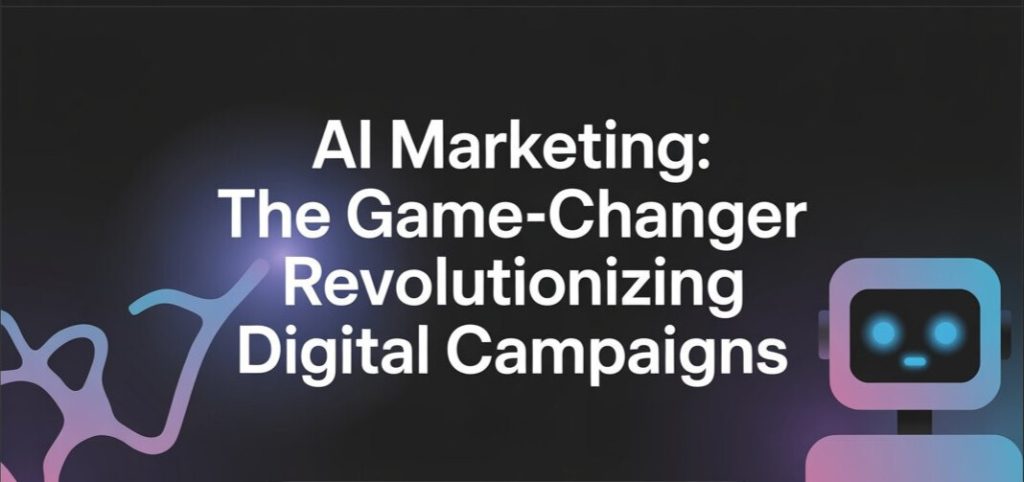
CMS Integration: Simplifying Content Management for the Digital Age
CMS Integration, or Content Management System Integration, is the process of connecting a CMS platform (like WordPress, Drupal, Joomla, HubSpot, Odoo) with other applications, tools, and databases to create a seamless digital workflow. Instead of treating a CMS as a standalone platform, integration makes it the central hub for content creation, publishing, tracking, and optimization.
At its core, CMS Integration ensures that websites and digital platforms can communicate with marketing, e-commerce, analytics, and automation systems without constant manual updates.
Functionality of CMS Integration
The functionality of CMS Integration goes beyond managing website pages. It enables businesses to:
-
Centralize Content Management: All content – blogs, landing pages, product pages – can be managed from a single dashboard.
-
Automate Workflows: From publishing to updating metadata and even scheduling posts across platforms, tasks can be automated to save time.
-
E-Commerce Integration: CMS platforms integrated with online stores (like Shopify, WooCommerce, Odoo) allow businesses to sync product catalogs, pricing, and inventory in real time.
-
Analytics and Tracking: Integration with tools like Google Analytics or CRM systems ensures data-driven decisions about content performance.
-
SEO Optimization: Modern CMS integrations include SEO tools that help optimize content for search engines directly from the platform.
This functionality makes CMS Integration not just a tool but a business enabler, ensuring websites remain dynamic, updated, and user-focused.
Evolution of CMS Integrations Over Time
CMS platforms have significantly evolved from simple blogging tools to full-fledged digital experience systems. Here’s how integrations have developed over the years:
Early CMS (Static to Dynamic)
Initially, CMS platforms were simple – limited to text editing and page management. Integration meant little more than plugging in a few plugins or modules.E-Commerce and Marketing Integrations
As digital businesses grew, CMS platforms began integrating with e-commerce tools, CRMs, and email marketing systems. This allowed companies to manage websites, online stores, and customer engagement from one place.API-Driven CMS
The introduction of APIs transformed CMS Integration. Platforms like headless CMS made it possible to connect content to mobile apps, IoT devices, and external platforms seamlessly.AI and Automation in CMS
Today, CMS integrations are powered by AI. From auto-tagging content for SEO to predictive analytics and content personalization, CMS is no longer just about managing text and visuals. It has become a smart system that adapts to user behavior and business needs.
Lorem ipsum dolor sit amet, consectetur adipiscing elit. Ut elit tellus, luctus nec ullamcorper mattis, pulvinar dapibus leo.
Why CMS Integration Matters Today
In an era where businesses juggle multiple digital platforms – websites, apps, social media, e-commerce – CMS Integration acts as the glue holding everything together. Without it, businesses face:
-
Manual updates that waste time.
-
Data silos across platforms.
-
Inefficient workflows that slow down marketing and sales.
With CMS Integration, organizations can:
-
Keep data consistent across all platforms.
-
Deliver a better user experience through real-time updates.
-
Scale faster with automated workflows.
Final Thoughts
CMS Integration has evolved from a nice-to-have to a business necessity. It is no longer just about managing website content but about enabling smooth operations across e-commerce, marketing, and analytics.
With the rise of API-driven and AI-powered integrations, CMS platforms are now smarter, faster, and more adaptable. Businesses that embrace these integrations gain a competitive edge delivering seamless experiences for their users while saving time and resources internally.
In short, CMS Integration is not the future of digital transformation – it’s already here, shaping how businesses manage and grow their online presence.



